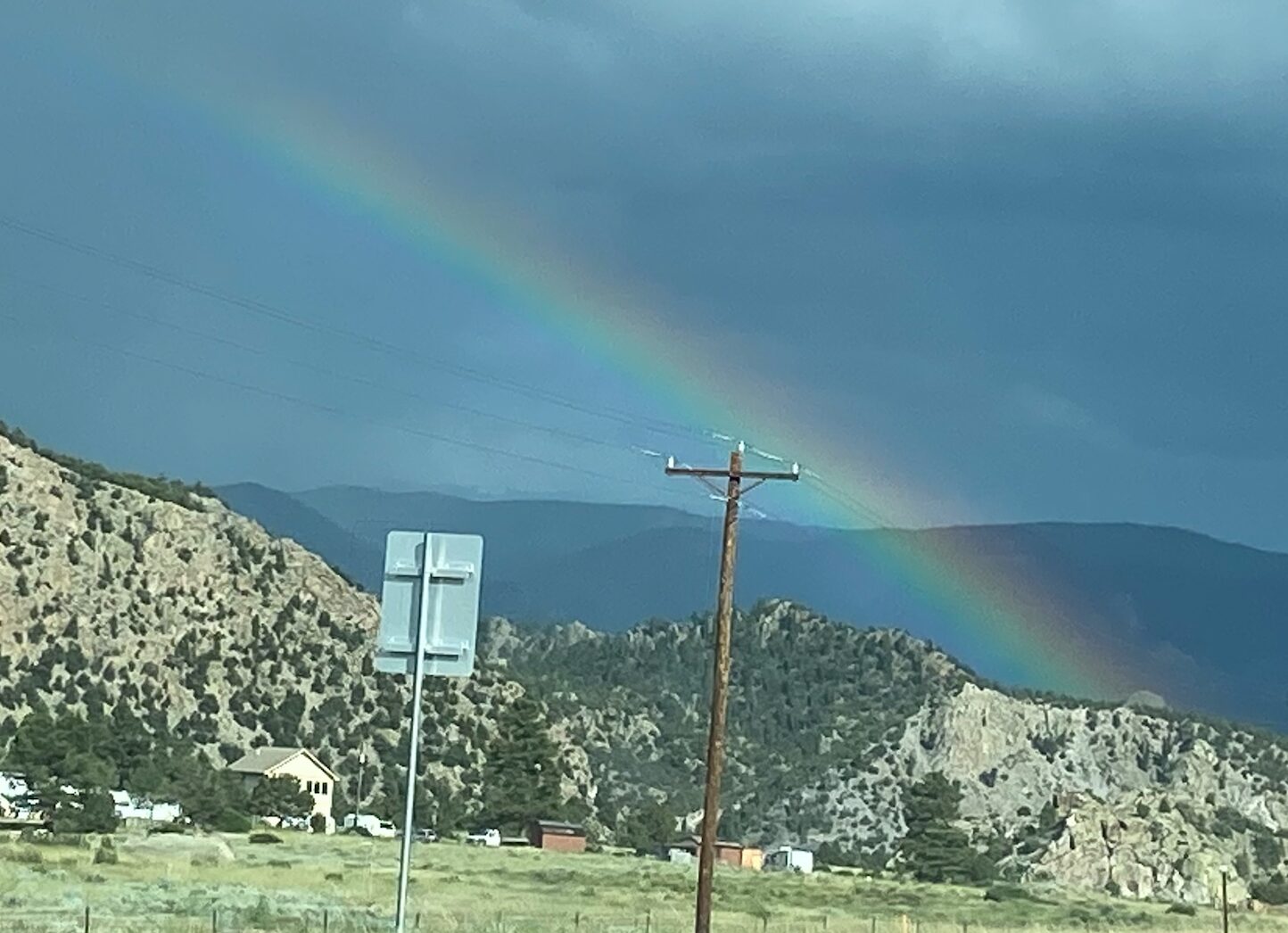 Louis Kahn, the great American architect, died in 1974 in a washroom at Penn Station. He was alone when his heart gave out. His only son, Nathan was eleven. A shadowy figure in his life, his famous Dad was busy at work, travelling abroad, and unbeknownst to Nathan, a father to his half siblings with two other women. Louis Kahn had three families, simultaneously.
Louis Kahn, the great American architect, died in 1974 in a washroom at Penn Station. He was alone when his heart gave out. His only son, Nathan was eleven. A shadowy figure in his life, his famous Dad was busy at work, travelling abroad, and unbeknownst to Nathan, a father to his half siblings with two other women. Louis Kahn had three families, simultaneously.
The adult Nathan, a documentary filmmaker, set out on a journey to discover his biologic “architect” by visiting the projects his father designed—each one a masterpiece. As he wanted to garner a deeper understanding, he set up to meet an architect that had worked with his father on each project. His journey is documented in the Academy Award nominated film: My Architect.
When one looks at the big picture, the gestalt of a person, one sees the whole, but may not see the parts. An intimate portrayal, just like the need for the documentarian’s camera itself, needs focus to capture the essence of a person. This is a principle of Kabbalah awareness, that clarity often emerges from one story, one in depth uncovering of a layer of a person. We need focus to not only penetrate to the innermost depths, focus helps create the possibility for intimacy.
In the closing scene of the film, the Bangladesh architect Shamsul Wares, through tears, explains to Nathan Kahn about his Dad’s “failure to satisfy the family life” as an inevitable association of a great person. We watch Nathan, tear up, during this unrehearsed moment; a final scene in the final project of his father’s career.
Mr. Wares: “Your father had an enormous amount of love, he loved everybody, he could not say no to anything. To love everybody, you sometimes do not see the very closets ones.”
To find balance between unbounded love and intimacy. We practice the sixth awareness principle of focus—contracting, limiting, setting boundaries. Our love for people, for work, for nature—our desire for more expansiveness, can dilute the intensity of the inmost experience. Nathan found an answer—his father was unbounded. He found an answer by focusing on the specifics, the “parts” of his Dad’s life and work, and by choosing to connect not just to his buildings, but to the people his father touched along the way.
We are all on our own journeys to discover both our unboundedness and our focus—and to fully be aware that intimacy is best nourished by saying no in order to be a yes.









1 Comment
Anita Khaldy Kehmeier · November 19, 2018 at 9:45 pm
A Choice of Planets, a Choice of Oceans: Congress Goes All Out for Outer Space, Ditches Mother Earth
by: Jon Swan on November 22nd, 2016 | 1 Comment »
Curve of the earth as seen from outer space.
During his second term in office, Pres. George W. Bush designated four large Pacific island areas as national monuments, thus protecting them from energy extraction and commercial fishing. The last three were created on January 6, 2009, two weeks before Bush left office, and at a White House ceremony commemorating the signing, he explained that the sanctuaries would benefit sea birds and marine life, open up new territory for scientists to explore, while, “for the American people, they will be places that honor our duty to be good stewards of the Almighty’s creation.”
The creation of the first of these sanctuaries, to be managed by the National Oceanic and Atmospheric Administration, or NOAA, was the result of an informal seminar set up by James Greenwood, a former Republican Pennsylvania congressman, and attended by Elliot Norse, president of the Marine Conservation Institute, oceanographer Sylvia Earle, and filmmaker Jean-Michel Cousteau. A highlight of the evening was a screening of Cousteau’s documentary Voyage to Kure, which takes its name from a remote coral atoll at the extreme northwest end of the Hawaiian archipelago. The atoll is a nesting area for a wide species of birds, including nearly all of the world’s population of Laysan albatrosses. It also happens to lie in the path of a current that brings great tangles of fishing nets and tons of debris onto the beaches. Bush reportedly said over dinner that night that he got “a pretty good lecture about life” from Earle.
Fast forward to November 2014, when Republican Congressman John Culberson was named chair of the House Commerce, Justice, and Science spending panel, whose jurisdiction includes both NASA and NOAA. Culberson, like Bush, was a Texan, and, like Bush, he invoked the Almighty, albeit under another name, to justify his spending priorities. In a January 2015 Science magazine article about Culberson, Bill Nye (“the Science Guy” who heads the non-profit Planetary Society) is quoted as saying of the Texas congressman: “He quotes the Bible and says he believes that a higher power has put life on other worlds. He wants to find it on his watch.” The place in space Culberson was confident he would find evidence of life was under the frozen crust of Europa, one of the moons of Jupiter, considered by many scientists to be the most likely place in the solar system, apart from Earth, to harbor some form of life.
In June 2015, the House of Representatives passed HR 2578, the spending bill for NASA, NOAA, and other agencies that had been drawn up by Culberson’s nine-member spending panel. It awarded NASA’s planetary science division $1.63 billion – an increase of 13.4 percent, with a stipulation that the agency must not only apply $175 million to a mission to Jupiter’s moon Europa, but that the mission must have a lander component. NOAA, for its part, received a mere $462 million for research related to both the atmosphere and the oceans, and $58 million for climate research, instead of the requested $89 million, and $10 million for ocean acidification research – a third of the requested amount. Furthermore, the spending bill cut funding for the oldest carbon dioxide observatories on the planet, thus disrupting the ability to track fossil fuel emissions in the U.S. Industry could hardly have asked for more.
With only minor changes, the bill became the law that was bundled into the $1.1 trillion Consolidated Appropriations Act designed to keep the federal government running until October 1 of this year, and then, to prevent a shutdown of Congress during an election year, extended to December and then, in all likelihood, punted into the new year for a new Congress to consider the implications of the discrepancy in funding for NASA and NOAA. Does the discrepancy mean that the United States is more interested in finding some sign of life in planetary space than in preserving life on planet Earth? Does it mean that America’s elected representatives have concluded that Earth’s problems are intractable and it is time to move on, letting the rest of the world fend for itself? Or is the explanation simpler: space research and development have a constituency – and a Hollywood-enhanced glamour – which research related to the atmosphere and the oceans’ depths lacks?
Meanwhile, it may be pertinent to point out that the Gulf of Mexico, which laps the south Texas shore, vies with the Baltic Sea for hosting the world’s largest “dead zones” – areas that cannot support marine life due to depleted oxygen levels. It also seems worth noting that three Texas congressmen who helped to assure the passage of the 2016-17 funding bill – John Culberson, of Houston; Bruce Babin, who served as chair of the House Space Subcommittee of the Science, Space, and Technology Committee during the 113th and 114th Congresses and whose Houston congressional district is dominated by the Johnson Space Center; and Lamar Smith, who has twice chaired the House Committee on Science, Space and Technology – are all dismissive of claims that whatever warming there may be is caused by human activity (Smith’s position on the subject was summed up in a Washington Post headline last year: “Meet the House science chairman who’s trying to put global warming on ice”).
In a press release announcing his appointment as chair of the spending panel, Culberson said, “It will … be a source of great joy for me to help lift up NASA and the National Science Foundation (NSF) to ensure that America will always lead the world in space exploration and scientific discoveries.” Culberson’s failure to mention NOAA would seem to be indicative of the congressman’s lack of interest in an agency that deals with merely earthly matters – a lack notable in Congress as a whole since 2012.
In that year, NOAA’s budget for its Undersea Research Program was cut to zero for the next fiscal year, beginning October 1. Thus, it was left to millionaire Canadian filmmaker James Cameron, of Avatar and Titanic fame, to explore the deepest place on earth, the Mariana Trench, in the Marianas Trench Marine Monument created by George Bush three years earlier. Cameron made his solo descent on March 26, 2012, in a custom-designed submersible called Deepsea Challenger. According to New York Times science reporter William J. Broad, the submersible cost Cameron “roughly $10 million of his own money,” apart from whatever Rolex paid (A Rolex watch attached to an arm of the submersible functioned normally throughout the expedition). Ten million dollars is more than twice the amount NOAA’s Undersea Research Program received annually until October 1, 2012, when its funding dropped to zero.
The much-publicized descent into the abyss did not yield much in the way of scientific discovery. As Cameron said, “I didn’t feel like I got to a place where I could take interesting geology samples or found [sic] anything interesting biologically.” He also said, “I just sat there looking out the window, looking at this barren, desolate lunar plain, appreciating.” And, “I really feel like in one day I’ve been to another planet and come back.”
Not another planet, of course. Our planet. An as-yet-unexplored part – the deepest – of our planet. According to the text of a special National Geographic issue devoted to Cameron’s expedition, “Scientists are particularly interested in microorganisms living in the trenches, which they say could lead to breakthroughs in biomedicine and biotechnology. The Mariana Trench’s microscopic inhabitants might even shed light on the emergence of life on Earth. Some researchers, such as Patricia Fryer et al at University of Hawaii, have speculated that serpentine mud volcanoes located near ocean trenches might have provided the right conditions for our planet’s first life-forms.”
It is undeniably more thrilling to imagine finding life – even if it is only a speck of bacteria – deep within the frozen ocean of a distant planet, which Congress has directed NASA to do in its Europa mission, the centerpiece of its Ocean Worlds Exploration Program, than to look for the origins of life in the depths of the Earth’s ocean. Easier, too, than trying to heal a wounded planet, whose oceans are steadily rising and becoming increasingly acidic, and thus hostile to marine life. And it is more thrilling yet to imagine establishing human colonies in space, as billionaire Elon Musk plans to do on Mars, as do even such respected scientists as Freeman Dyson and Stephen Hawking, who, in his latest book, writes, “I think the human race has no future if it doesn’t go to space.”
There can be little doubt that the human race will have no future on the planet that gave birth to us if we turn away from the reality within which we live and focus our hopes and dreams – and spend our treasure – on starting a new life in outer space. Before year’s end, Congress must decide, in the form of its appropriations, which comes first – the preservation of Earth and its oceans or exploring other planets for signs of life and with an eye to relocation of our self-destructive species. Given the results of the recent election, it is not hard to predict what the choice will be.
__
Jon Swan is a poet, translator, and freelance journalist whose reporting on environmental issues has appeared in Smithsonian, Orion, OnEarth, and World Rivers Review. He lives in Yarmouth, Maine.